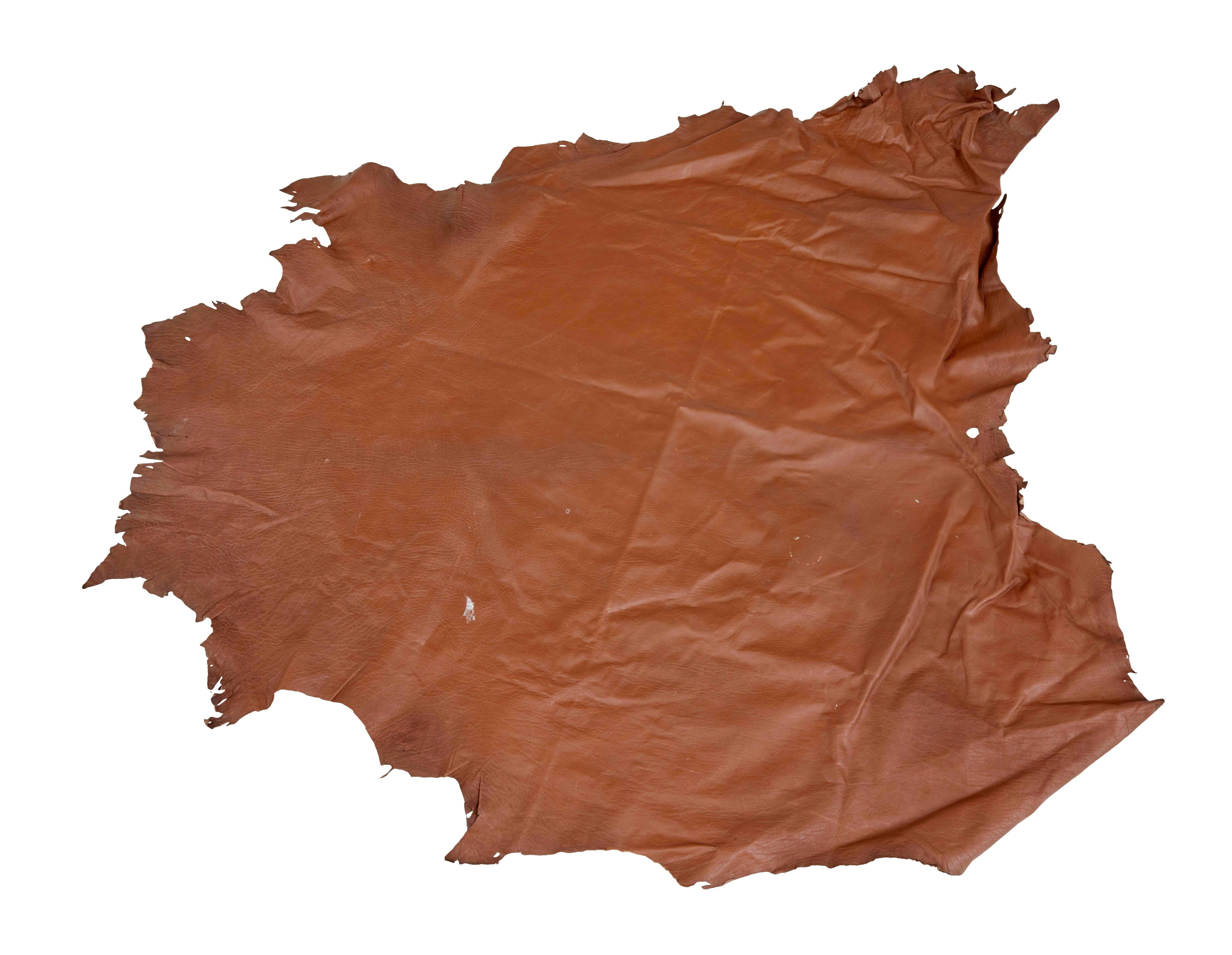


Boil three gallons of water and pour over the bran flakes. Mixing the SolutionĪ couple of hours before you plan to tan, soak the dried skins in clear, fresh water until flexible. (Cut the recipe in half for fewer skins). This recipe makes enough tanning solution to tan four large animal skins or ten rabbit skins or about six medium-sized pelts such as groundhog. 3-1/2 cups battery acid (from auto parts store).2 large plastic trash cans (30 gallon) and one lid.16 cups plain or pickling salt (not iodized).When you’re ready to tan the skins, assemble the following:
#Tannery hides skin
When completely dry, the skin is very stable and won’t change or deteriorate appreciably. This may take a few days to a couple of weeks.

The salt will draw moisture from the skin and liquid may pool in low spots. If you’ve lost a lot of salt while moving the pelt, add more. You don’t need to stretch the skin just make sure it is perfectly flat, with no curled edges. We’ve had problems with predators gnawing the edges of skins, so put the hide somewhere out of reach. They will have begun to decompose and will probably lose their hair during processing. If skins aren’t salted within a few hours of removal of the flesh, you might as well forget it. Use three to five pounds for a sheep or deer skin. When the skin feels cool to the touch, immediately cover the fleshy side completely with plain, uniodized salt. Place the skin in the shade, laying it completely flat with the fur side down, preferably on a cold concrete or rock surface. Trim off any flesh and scrape visible fat from the hide.
#Tannery hides how to
How to Tan a Hide with Saltįresh hides right off the animal should be cooled immediately. It results in a soft, workable hide, which can be used as is or cut up for sewing projects. The procedure can be used for all kinds of mammal pelts when you want the fur to remain on the skin. Here is a method of tanning hides that is low cost and low labor compared to other methods of “custom tanning.” I’ve personally used this system to tan sheepskins, deerskins, groundhog pelts, rabbit hides and goat skins. Learn how to tan a hide with fur using this method of tanning hides hair on and step-by-step instructions for low cost and low labor tanning.Īfter hunting or processing livestock for the table, it’s a shame to have to toss out a nice pelt.


 0 kommentar(er)
0 kommentar(er)
